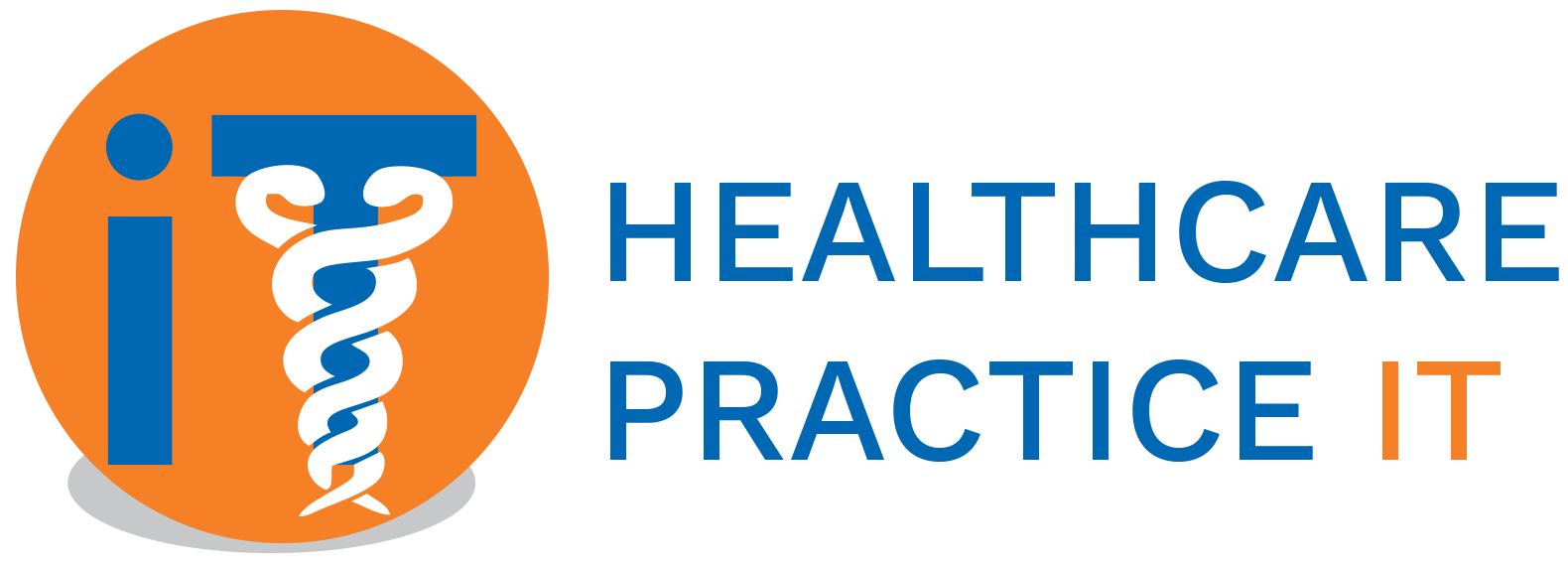respond quickly to rapidly changing conditions and opportunities
The last two years have been a bumpy ride for organizations of all sizes globally. During this time, small and medium-sized businesses were hit the worst. Since most Businesses have limited cash and resources, setbacks were much more severe for them than for big corporations with more resources.
Irrespective of whether your company had to completely shut down during the COVID-19 lockdowns or whether it had to create a touchless customer experience or transition to a remote workforce overnight, you may have had so much more at stake than the average business.
Whether you’re facing a global pandemic or something as simple as shifting market conditions, if you want to survive and reach your business objectives, you must improve your organization’s speed, adaptability and innovation. To do that, an SMB like yours requires even more business agility.
What is business agility?
Business agility is all about having systems in place that provide flexibility to respond quickly to rapidly changing conditions and opportunities by preparing your people, processes and technologies.
Businesses that prioritize agility can manage their growth in a flexible, independent and productive manner. As a result, efficiency increases and costs decrease.
With this approach, you don’t predetermine the way forward. Instead, iterative changes are made based on feedback loops generated throughout the growth process, such as from employees and other key stakeholders. You can prepare to make additional changes based on future suggestions once you’ve made changes to accommodate all the constructive recommendations. Since clients are also involved in the process, you can use their feedback to identify priorities and make changes.
Benefits of bringing agility to your SMB
By being agile, your business can experience the following benefits:
More responsive to change
We, as humans, have a difficult time adapting to change. This resistance to adapt to change frequently spills over into our business as well, resulting in the stunting of our growth trajectory.
Business agility prepares your organization to adapt to change faster, with fewer adverse effects on the business.
Quick adaptiveness to the market
If there’s one thing that businesses usually don’t have in the face of rapid change it’s sufficient time to plan. This lack of time to find a solution to a problem can cause additional problems.
Businesses that are agile and flexible can quickly adapt to a changing market or customers’ changing needs.
Less risk of extended downtime
Downtime is a business killer that can lead to employee and customer resentment if it occurs frequently. It’s your responsibility as a business executive to ensure that your company is protected from downtime.
Riding the path of business agility allows you to adapt your business to changing circumstances without experiencing extended downtime.
Protected bottom line
Plugging all financial leaks is critical because money is required to create more value for your customers and to grow your business. Therefore, it’s crucial to avoid unexpected roadblocks that appear out of nowhere and burn a hole in your wallet.
Being flexible and agile is the best way to adapt quickly to sudden road bumps and not lose money.
Partner for success
Ultimately, prioritizing agility in your Business increases your chances of meeting your objectives and succeeding in business.
However, developing organizational agility is easier said than done, especially when you already have countless other responsibilities. It may require more time and effort than you have available.
As a result, partnering Healthcare Practice IT may be the best option to ease your journey towards organizational agility. Contact us for more details.
Schedule a business technology assessment today: http://calendly.com/AndyRoe
More blog articles
Minimizing Cyber Supply Chain Risks through Effective Vendor Selection
Cyber supply chain risks refer to the threats that arise from the use of products or services provided by external vendors in an organization’s IT infrastructure. These risks can originate from various sources such as malware-infected software, compromised hardware, or unreliable service providers.
Co-Managed IT for Healthcare Organizations
Co-managed IT is a service model that can help healthcare organizations
improve their IT infrastructure while minimizing risk and cost. By partnering
with a co-managed IT provider that specializes in healthcare, organizations
can ensure that their IT systems are secure, compliant, and optimized for
performance. Learn more about the benefits of co-managed IT for
healthcare organizations and how to implement it in our latest blog post
Co-Managed Healthcare IT Myths
Co-Managed IT Services have emerged as a viable solution for healthcare organizations to leverage the benefits of IT without breaking the bank. In this article, we debunk some of the most common Co-Managed IT myths and explore the benefits of partnering with a Managed Service Provider.




